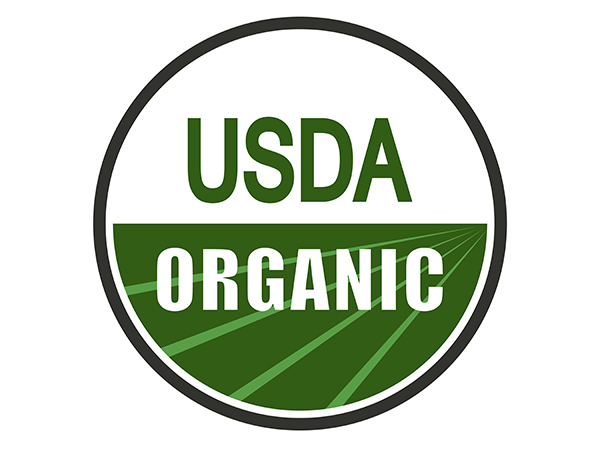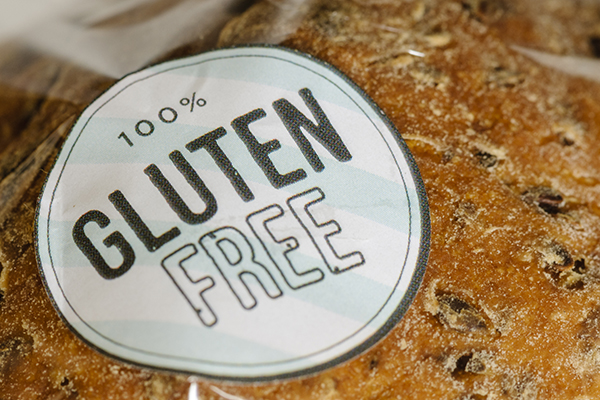You know not to judge a book by its cover, but what about a cereal box or a bag of potato chips? Can you trust those nutrition buzzwords — like “organic,” “light,” or “fat-free” — to guide you toward the healthiest options?
The good news: Food labeling is pretty tightly regulated.
The FDA not only regulates nutritional labels, but also any health claims made on packaging, such as “low in fat,” “excellent source of fiber,” or “may reduce the risk of heart disease.”
Food labels also need to comply with USDA regulations and the FTC’s truth-in-advertising laws.
The bad news: There are so many nutritional terms that sound healthy, and it can be hard to remember what each term really means.
The wording on a food label “is actually a pretty complicated topic,” says Natalie Rizzo, M.S., R.D., of Nutrition à la Natalie. “Even as a dietitian, it’s difficult for me to discern all of these terms without looking them up.”
Nonetheless, Rizzo says, it’s crucial for consumers to be educated on these terms.
We’ve broken down some of the most common wording used on food labels, so you know which terms you can trust and which may be nothing more than a marketing ploy.
Which Nutritional Terms Can I Trust?
The following terms are regulated and can generally be trusted.
(But you still need to watch out for “health halos” — for example, you can trust that an organic cookie is definitely organic, but that doesn’t mean you can eat as much as you want.)
“USDA Organic”

This is probably one of the most tightly regulated terms.
For meats, the USDA organic seal verifies that livestock is produced without genetic engineering; raised in a way that conserves natural resources and biodiversity; allowed year-round access to the outdoors; raised on certified organic land; fed 100% certified organic feed; managed without antibiotics and added growth hormones; and raised in a way that “accommodates their health and natural behavior.”
For boxed goods and produce, Rizzo says, there are actually four different ways that “organic” can appear in labeling:
- “100 percent organic” vouches for all the ingredients in the product (other than salt and water). These products can use the USDA organic seal.
- “Organic” can be used on any product that contains a minimum of 95 percent organic ingredients. These products can also use the USDA organic seal.
- “Made with organic ingredients” is used to label a product with at least 70 percent organically produced ingredients. This term is regulated by the USDA, but these products don’t carry the official USDA organic seal.
- In products that contain less than 70 percent organic contents, specific organic ingredients (ex. “organic tapioca syrup”) may be listed in the ingredients list on the back of the label.
“Hormone-Free”
The significance of this term varies for different types of meat, Rizzo says.
For pork or poultry, “no hormones” doesn’t really mean much, since federal regulations prohibit the use of hormones in these animals to start with.
In beef, where hormones sometimes are used, “no hormones added” confirms none were used in the raising of the cows.
“Antibiotic-Free”
If the USDA can confirm the animals were raised without antibiotics, this label can be used for red meat and poultry.
“Gluten-Free”

The FDA now requires foods labeled “gluten-free,” “no gluten,” “free of gluten,” and “without gluten” to contain less than 20 parts per million of gluten, which is considered a safe threshold for someone with Celiac disease.
However, someone with a severe gluten intolerance or gluten allergy may have to avoid any traces of gluten — so it’s important to know your tolerance level and not just rely on labeling.
And again — beware of health halos: “gluten-free” doesn’t mean “calorie-free” or “carb-free.”
“No Added Sugars”
According to the Definitions of Nutrient Content Claims in the FDA’s Food Labeling Guide, this term can be used only if no additional sugar — or no additional ingredients containing sugar — have been added to the product.
Since 2020, all foods are required to have the amount of “added sugar” listed separately from the total sugar content on the Nutrition Facts label.
This helps clarify which sugars occur naturally in a food, and which have been added — for example, milk contains natural sugar in the form of lactose; chocolate milk typically contains added sugar to sweeten the beverage.
Which Nutrition Buzzwords Can Be Deceiving?
The terms below are regulated, but they can still be misleading when it comes to determining how healthy a food is or isn’t.
“Fat-Free”
Foods with this label contain less than 0.5 gram of fat per serving. Sounds healthy, but most of us don’t actually need to avoid eating fat.
And be sure to check the serving size — some companies manipulate the serving size to be super small in order to fall within this range, says Jeff Scot Philips, certified nutritionist and author of Big Fat Food Fraud.
“Sugar-Free”

This means the food contains less than 0.5 g of sugars per serving, Rizzo explains. But the same serving-size issue applies here as it does for fat-free foods.
And the FDA doesn’t distinguish between added sugars and natural sugars — an apple isn’t “sugar-free” — so you’re better off looking for foods with “no added sugar.”
Light/Lite
This product has either 50% less fat or 33% fewer calories compared to the “regular” version of the same food.
The problem?
“While it’s great to have fewer calories, sometimes when fat is taken out, sugar is added in its place,” Rizzo says.
(That’s because a gram of fat contains 9 calories, while a gram of sugar contains 4 calories.)
When you pick up a “light” product, look for added sugars on the list of ingredients.
Which Nutritional Terms Are Red Flags?
These healthy-sounding terms aren’t always all they’re cracked up to be.
Seeing these buzzwords doesn’t mean a food is unhealthy — it just means you need to read the Nutrition Facts label and ingredient lists for more info.
“Healthy”
Public health recommendations have drastically changed over the past two decades — namely toward accepting healthy kinds of fat — and the FDA is working to redefine what “healthy” means on a food label.
In the meantime, manufacturers may put healthy on their labels if their foods are not low in total fat, but have a fat profile makeup of predominantly monounsaturated and polyunsaturated fats, or they contain at least 10% of the Daily Value of potassium or vitamin D, Rizzo explains. (Confused yet?)
While fats are getting the most attention right now, the FDA is also reevaluating its standards for added sugars in foods labeled healthy.
Until they reach an official standard, though, the term “healthy” definitely doesn’t guarantee the product is actually good for you — just that it probably contains some beneficial nutrients.
“Naturally Flavored”
We’re all for eating whole foods, but there’s no clear-cut definition for use of the term “natural” on food labels.
This may just mean the flavoring comes from a natural source — like spices or herbs — but it doesn’t mean you’re eating whole, unprocessed food.
“The ingredients still could be highly processed, manipulated, and added in highly irregular quantities to the end food,” Philips says. “Just because a food contains ‘naturally flavored’ ingredients doesn’t mean that the entirety of the end product is in any way natural.”
Bottom line, this one is often just a feel-good advertising term.

